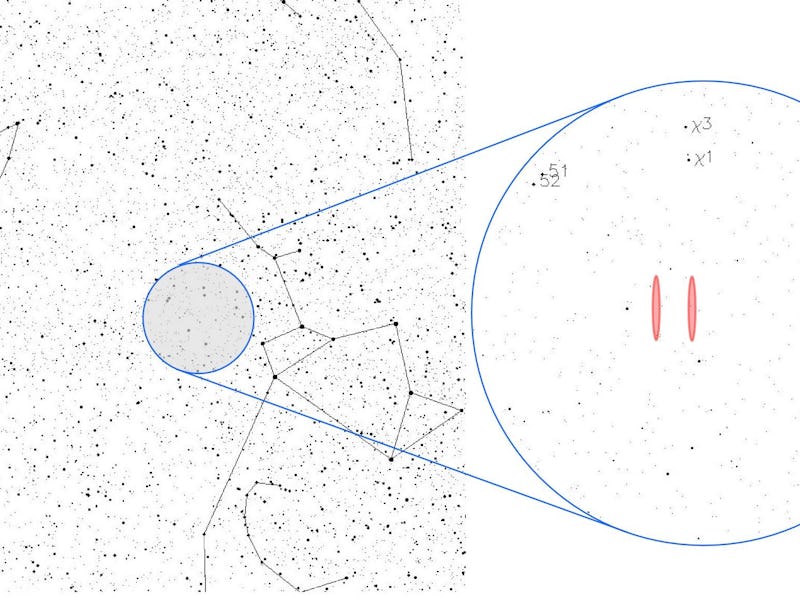Debate Over the Famous "Wow! Signal" -- Aliens or a Comet? -- Continues
Not all researchers in the search for extraterrestrial intelligence agree.

When Ohio State University’s Big Ear observatory picked up a super-powerful radio signal back on August 15, 1977, the event was permanently crystallized in the minds of extraterrestrial researchers and The X-Files fans alike. It was so strong that Jerry Ehman, the astronomer who found it, couldn’t help but scribble “Wow!” in the margins of his data sheet.
The debate over the signal has continued over the decades, but a St. Petersburg University professor announced recently that he’s forged a hypothetical spear to finally slay this space-dragon: It’s a natural phenomenon, a fluke hydrogen cloud produced by a pair of comets, says astronomer Antonio Paris. He published the results at the tail-end of 2015 in the journal of the Washington Academy of Sciences, and the “Wow”-killer comet hypothesis began to spread.
The Wow! signal corresponded to high frequencies -- much more intense than normal. (The data was shown on a 35-digit alphanumeric scale from 0 to 9 and then A to Z. Most intensities registered as a 1 or 2, Wow! peaked at U.)
But not all researchers in the search for extraterrestrial intelligence arena are so convinced. Aerospace engineer Paul Shuch recently told the Tampa Tribune that “no known astrophysical phenomenon of a natural origin” could have produced a signal like Wow!’s narrow radio band.
Shuch — who more colorfully goes by “Dr. SETI” — is a well-known figure in the grassroots amateur radio astronomer group SETI League (not to be confused with the SETI Institute). He’s long been bullish on Wow, telling New Scientist in 1998 that it was either aliens or an undiscovered type of heavenly body. His tune hasn’t changed.
Time may or may not be in Paris’ favor. The comets are set to fly through “Wow!” territory again in 2017 and 2018 — but it won’t be for another 600 years until the comets do so in tandem, as they did on that fateful night in 1977.
Update: SETI Institute’s senior astronomer Seth Shostak had this to say:
I don’t think this is too likely because the comets move across the sky pretty darn slowly … and because of the way that the Ohio State radio telescope operated, it automatically looked for the signal a second time slightly more than a minute after the first “Wow” detection. It didn’t see it … the signal simply wasn’t there a minute later. If it had been due to one or both of the comets, it would most definitely have been there, and with the same signal strength. So … I’m not entirely convinced by the comet theory!